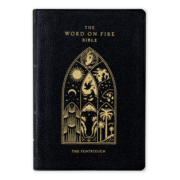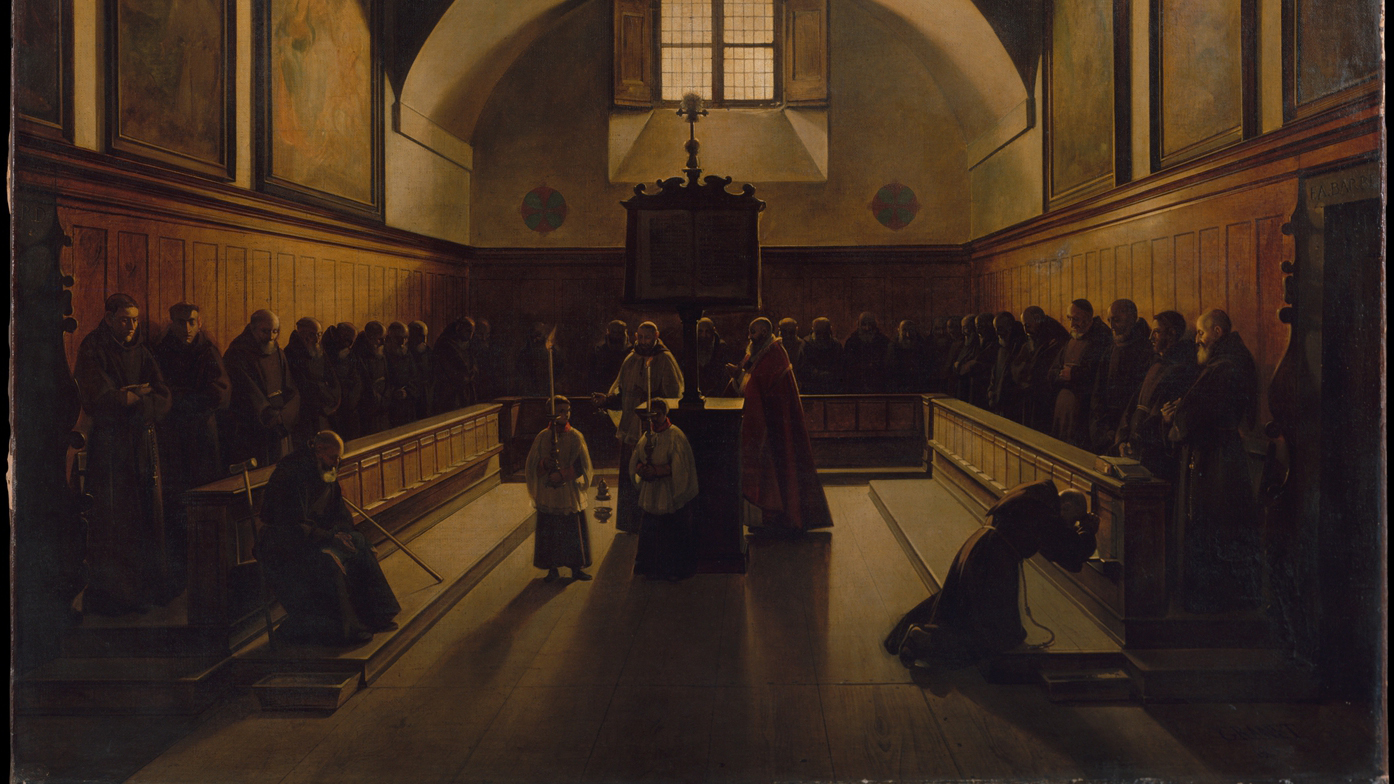In a recent conversation with Bishop Robert Barron, actor Shia LaBeouf shares how playing St. Padre Pio of Pietrelcina in the film, Padre Pio, “saved his life” and led to his conversion to Catholicism. News of the conversion has gone viral on social media and even hit major secular news outlets. While public focus has understandably been on the actor and the saint who led to his conversion, St. Padre Pio’s religious order—the “Order of Friars Minor Capuchin” or “Capuchins” for short—is also an essential part of the story.
The Capuchins were founded in 1525 by an Italian Franciscan friar named Matteo Da Bascio. Da Bascio had become disillusioned with what he perceived as the deviation of the Franciscans from the original rule and spirit of their founder, St. Francis of Assisi (1181-1226). Da Bascio, as one Capuchin website describes it, thus sought to return the order to “the original lifestyle as practiced by St. Francis—living in solitude and penance, preaching the Gospel, and serving the people in their material needs.” Da Bascio’s superiors attempted to quash the reform movement, which led him and his followers to find sanctuary in a nearby monastery of Camaldolese monks, who had the custom of wearing a hooded robe and unkempt beards. Although maintaining its own religious identity, the Orders of Friars Minor eventually adopted the appearance of the Camaldolese and thus came to be known as “Capuchins”—after “cappuccino” in Italian, meaning “hood.”
The Capuchins eventually received papal permission to form a distinctive branch of Franciscans with its own leadership structure and, in 1574, began formally establishing provinces in Europe and beyond. Today, the Capuchins have 10,515 members (7,064 of them ordained) working and living in 1,564 houses/friaries across the world. (Although “friars” and “monks” are often used interchangeably, “monks” are men who have taken religious vows to an order and live within monasteries; “friars” are men who have taken religious vows to an order and live outside of monasteries and, consequently, are more embedded in local populations.) One Capuchin province, Our Lady of Angels province in the western United States, includes within it the San Lorenzo Capuchin seminary in Santa Ynez, California. And it is here where Shia LaBeouf first arrived—initially sleeping in his truck in the seminary parking lot—to learn how to portray the most renown of sixteen Capuchin saints, Padre Pio.
LaBeouf laughs that the Capuchins just as readily shared their ice cream and tacos with him as they did their devotion to the Eucharist.
One of the characteristics of the San Lorenzo Capuchins that most fascinated, even puzzled, LaBeouf is that they didn’t want anything from him—no donations, no autographs, no selfies. They apparently didn’t know he was famous or, if they did know, they didn’t care. He was just another brother in the world (the “minor” in “Friars minor” emphasizes the radically equal dignity of all people in Christ) whose body and soul needed tending. And tend they did: LaBeouf laughs that the Capuchins just as readily shared their ice cream and tacos with him as they did their devotion to the Eucharist (he always restocked the tacos, he says, but was less consistent with the ice cream). Amidst this guileless fellowship—one rooted in eating, drinking, reflecting, and praying together—LaBeouf found himself being drawn into a completely different form not only of living, but of being. He discovered how to “let go,” how to break his selfish addiction to ambition and recognition, how to offer up his suffering for the good of another, and how to fall in love with the holy Mass. His experience with the Capuchins ultimately transformed him from hesitant seeker to curious observer to passionate convert.
It’s all an inspiring story, one that will hopefully give hope to others in the dark: no one can fall so far as to be outside the reach of grace—provided he or she remains open to transformation, no matter how faintly. LaBeouf’s story is also emblematic of the power of the ever-present, ever-fresh spirit of Christ to redeem and make new.

Yet it’s important to keep in mind that this is a specifically Capuchin story, as well, and a testament to its unique charisms and means of transmitting grace. Padre Pio is not just “Saint Padre Pio”; he is Saint Padre Pio the Capuchin. And in his vows of chastity, poverty, and obedience—and especially in his distinctively literal embrace of Christ’s call to abandon all ambition and follow him wherever he leads—we find a paradigmatic example of what Bishop Barron calls “spiritual physics”: the more you give you away, the more you receive. This is not just a pious utterance for the Capuchins. It is the cadence that structures every aspect of their lives.
And it works. It makes for happy, sane, liberated people who don’t want anything and therefore can give everything—including ice cream, tacos, friendship, and a shot at redemption for anyone with who comes knocking with a hungry heart.
